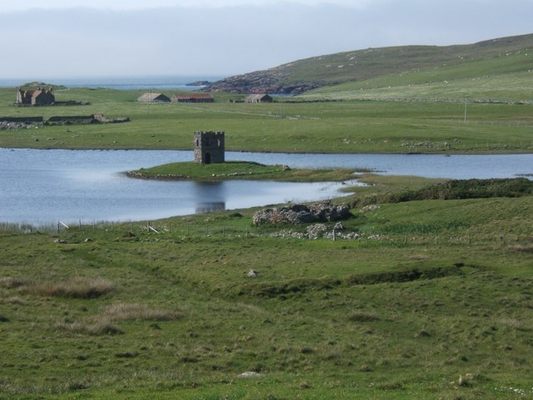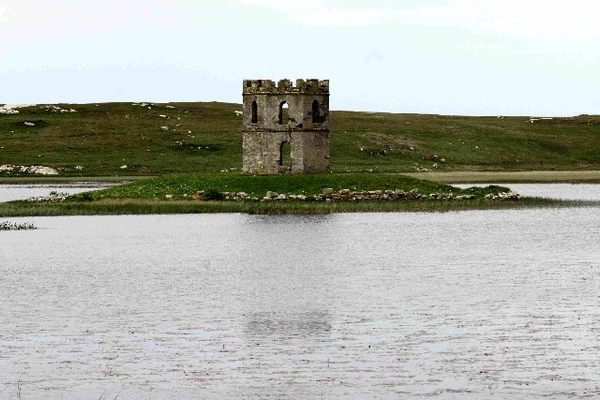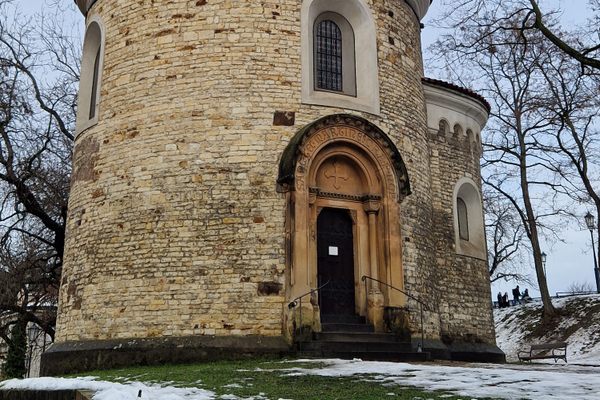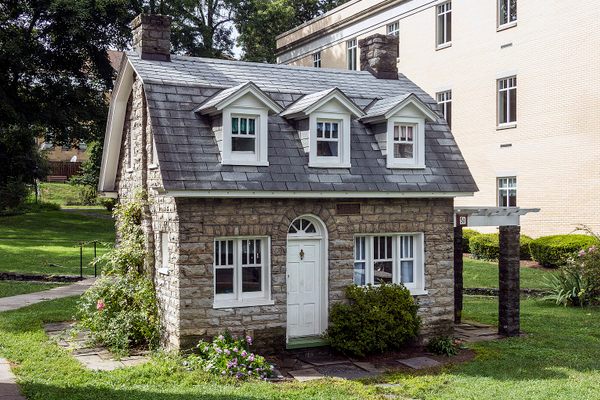About
While it might resemble something closer to a medieval castle, this tower on the Hebridean island of North Uist actually dates to the end of the United Kingdom's Georgian period in 1836. This folly was the idea of Dr. Alexander MacLeod, owner of the estate where Scolpaig dun was located. Duns are Iron Age stone fortifications common to some places in the British Isles, which were often built on artificial islands in the middle of bodies of water such as lochs.
This was the case with the Dun of Scolpaig, the ruins of which were torn down as some of its stones were incorporated into the 19th-century tower. It is theorized that MacLeod conceived the folly as a way to provide employment to many members of the local population, whose livelihoods were affected by the potato blight.
Even though the tower was completed in 1836, the concept dates to 1820, so it would appear that the folly provided an occupation to the population for nearly two decades. In 1971, the tower entered the Listed Buildings record as a B-listed heritage structure.
Related Tags
Community Contributors
Added By
Published
November 10, 2021

























